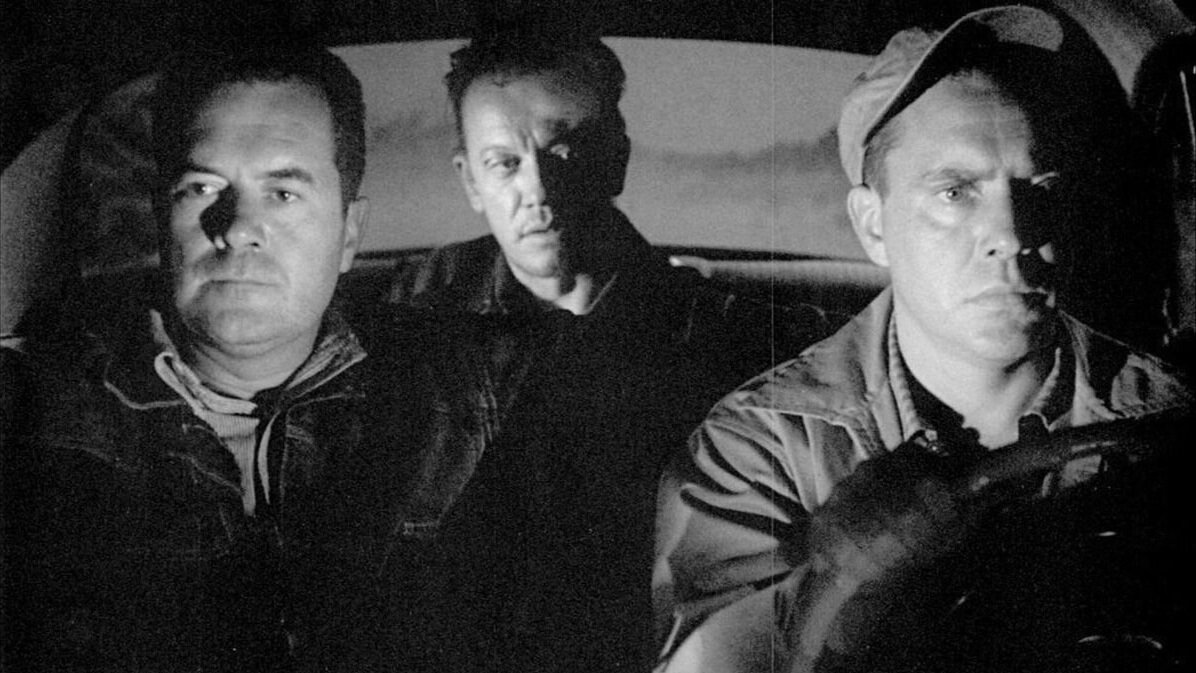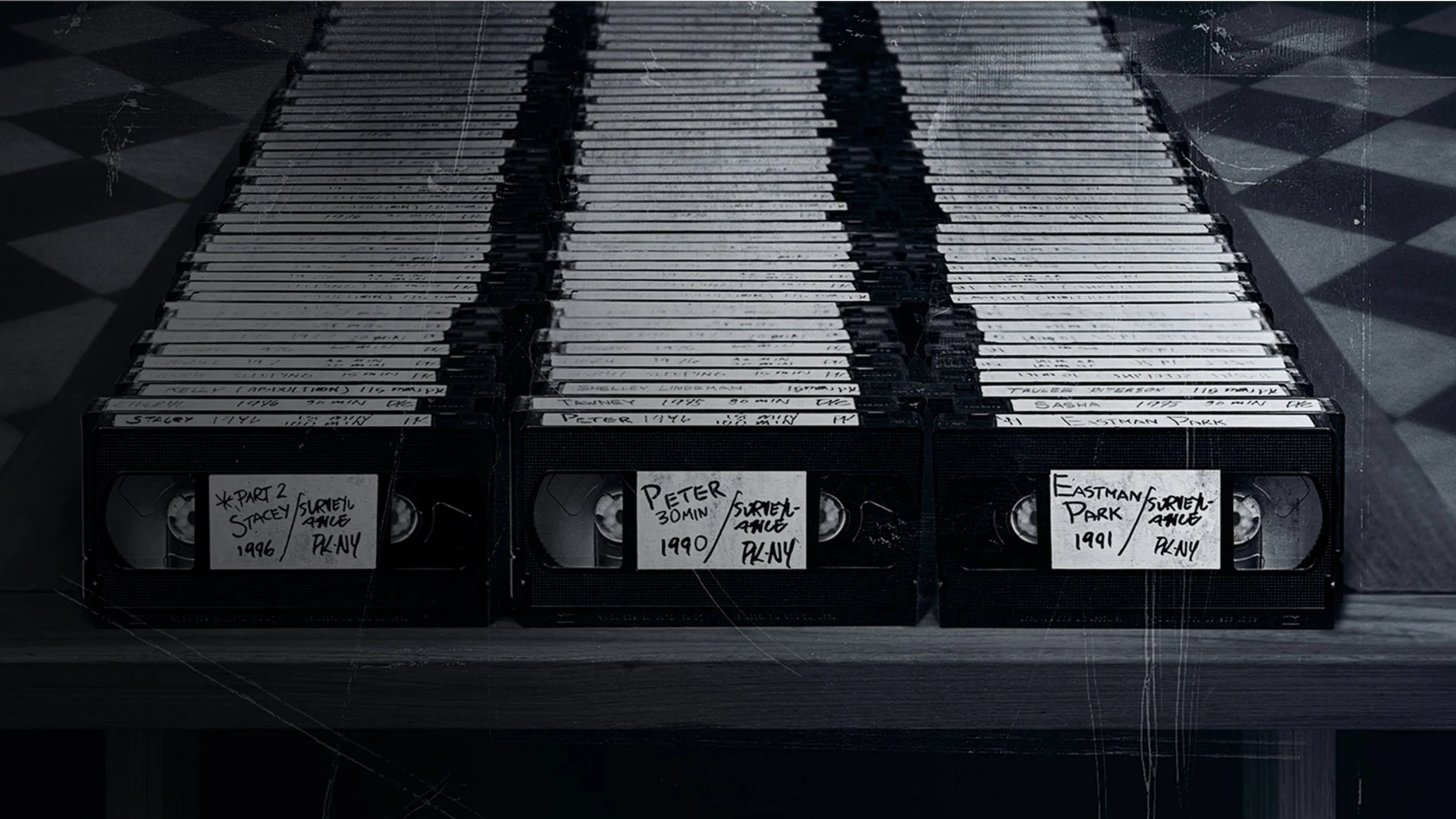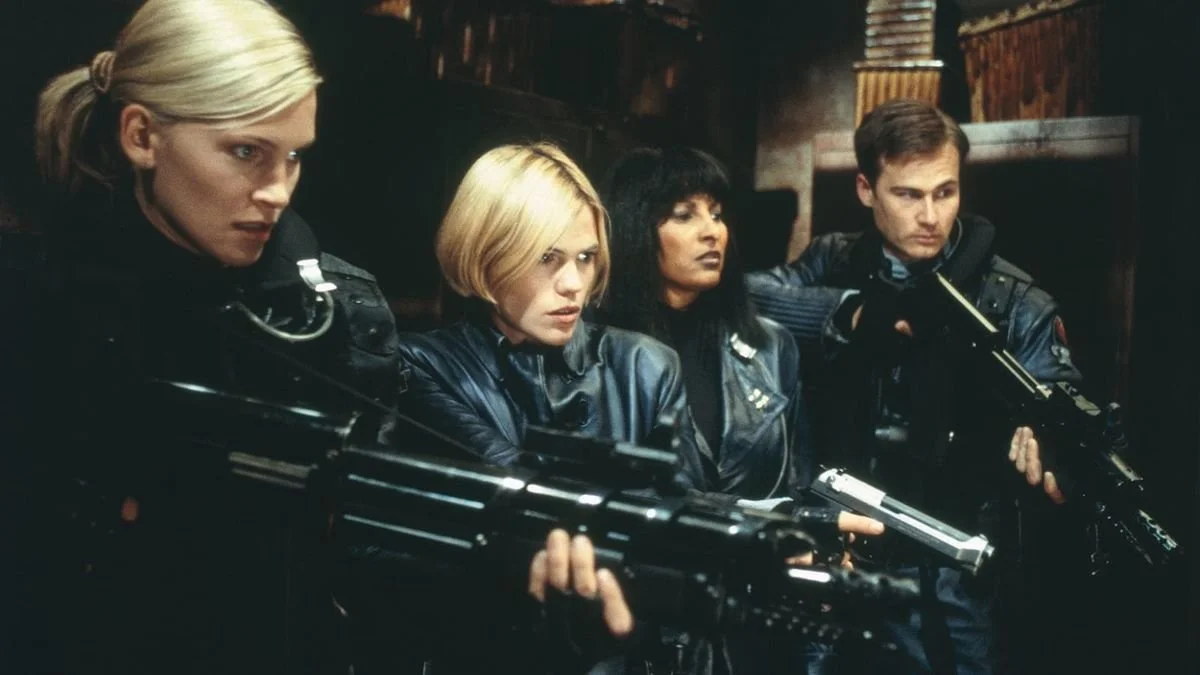Review: The Hitch-Hiker (1953)
During the Golden Age of Hollywood, film noirs were typically lean, efficient pieces of storytelling with a limited number of characters and a quick narrative progression. They were B-movies and as such, shorter and cheaper than other Hollywood pictures. But even by the stripped down standards of film noirs from the late 1940s and early 1950s, Ida Lupino’s The Hitch-Hiker stands out. It anticipates later horror movies and serial killer thrillers in its portrait of uncompromising evil. It’s a nasty little picture that mines its barebones concept for all its worth: it doesn’t waste a frame.
This 1953 picture is perhaps most notable as being the first film noir directed by a woman. Lupino, who was also a successful stage and film actor, was best known for “social issue” pictures, focusing on topics like taboo sexuality, illness, and rape, which were rarely explored during the Hay’s Code era. The Hitch-Hiker fits into this mould as it borrows largely from the real life story of Billy Cook, who went on a killing spree in 1950 and 1951 along the highways of the southwest. Similar to a television series like Mindhunter, it uses real-life details to ground the material, assuring the audience that such grisly events do happen in real life and are worthy of serious attention.
The film’s concept and execution are elegantly simple: two friends, Roy (Edmond O’Brien) and Gilbert (Frank Lovejoy), are going on a fishing trip to Mexico. They pick up a hitchhiker on the way that turns out to be the serial killer, Emmett Myers (William Talman), who has been murdering people along the coastal highways of Oregon and California. At gunpoint, he forces them to drive him to Mexico and they bide their time waiting for the opportunity to escape.
The Hitch-Hiker only runs 71 minutes and wastes no time having Roy and Gilbert pick up Myers and hit the road to Mexico. Unlike most film noirs, which are set in dirty cityscapes that act as a metaphorical extension of the protagonist’s conflicted mind, the film is mostly set in the desert. In place of the deep shadows and smoky alleyways, it has sunbleached rocks and dusty waystations along the highway. Lupino is careful to emphasize the isolation of the highways, making it abundantly clear, just as Myers does, that Roy and Gilbert have nowhere to run.
Lupino is exacting in her framing of Myers from the first first moments of the film. In the opening credits, she shoots Myers from the waist down stalking along the highway, his thumb out, waiting for a potential victim to stop and pick him up. She is careful to keep his face, and by extension, his humanity, out of the frame in these opening moments, depicting him as more a shadow than a man. But we finally see his face when Roy and Gilbert pick him up and he pulls a gun on them, and Lupino rarely turns her camera away from his face from then on out. She focuses on Talman’s beady eyes and even has him made-up so that one eye lays paralyzed and unfocused. When he sleeps with a gun in his hand, one eye stays half open, watching Roy and Gilbert like the eye of a dragon, refusing them any indication of whether he’s awake or asleep.
Talman’s performance is not solely physical. He relishes the hard-boiled dialogue and taunts, which make plain his intentions. Roy and Gilbert are helpless and not the sort of swarthy heroes to put up much of a fight. But even if they were, Myers is not the sort of unstable, foolish killer typical of films of the time. He’s a true psychopath and more akin to a horror movie villain than a flawed heavy from a film noir. He tells Roy and Gilbert that he will kill them once he gets where he’s going and never pretends that he’s anything but the presence of death to them. The power this gives him over the two men thrills him, as we see his eyes light up as he bosses them around, knowing that their desperation to live for another night makes them slaves to his will.
There’s a sadistic streak to Myers, which carries over to the film’s unflinching tension and torturing of the protagonists, and by extension, the viewer. Like the horror films that would come in the 1970s and 1980s (such as The Hitcher, which is clearly inspired by Lupino’s film), The Hitch-Hiker wants to put the viewer in the shoes of the victims on screen. It emphasizes their helplessness and refuses narrative detours or carefree moments that would break up the tension. Instead, the film is taut right to the end when Myers learns that not everything in the world is under his control.
But until those final moments which promise retribution, drawing on the memories of Billy Cook’s own arrest and execution in real life, Lupiono doesn’t give an inch. The film is a variation on noir, but more than that, an early example of the genre that horror would become, a genre less driven by fantastic visions of the night, and more by mundane depictions of the horrors that lie just around the corner, or down a country road at night.
8 out of 10
The Hitch-Hiker (1953, USA)
Directed by Ida Lupino; written by Ida Lupino and Collier Young; starring Edmond O’Brien, Frank Lovejoy, William Talman.



Kiyoshi Kurosawa’s 2001 J-horror film predicted the new millennium in terrifying ways.